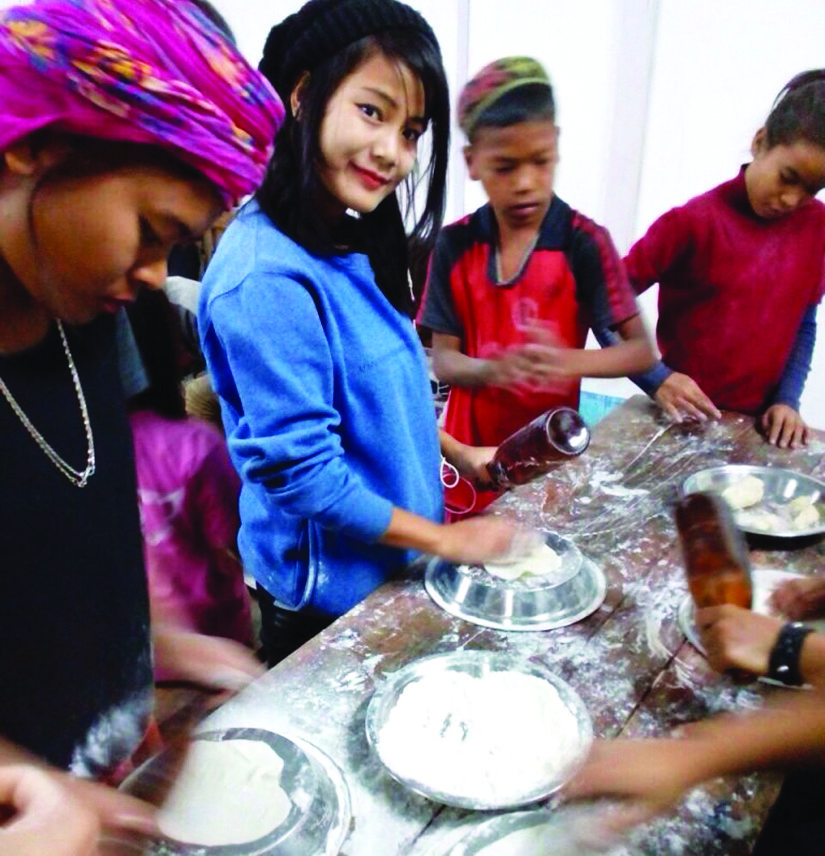Passover customs around the world
Passover, which commemorates freedom and honors the Jews who escaped from slavery in Egypt, is one of the most important Jewish holidays. It is celebrated by Jews worldwide – but those celebrations vary somewhat from nation to nation.
At worldation.com, Serena Carsley Mann examines different traditions in her article “How Passover is Celebrated Throughout the World.”
In Israel, Passover is celebrated for seven days, and the first and last day are legal holidays.
In Gibraltar, it is customary for the person leading the seder to walk around the table with the seder plate three times while reciting the phrase “we left Egypt in a hurry.”
In Iran and Afghanistan, while singing “Dayenu,” it is customary to hit each other with scallions to symbolize the slaves being whipped by their Egyptian taskmasters.
In Poland, Jews reenact the crossing of the Red Sea by drawing up their clothing, pouring water on the floor, and naming the places they would pass during the crossing.
In Argentina, Passover is celebrated much like in the United States – except it’s in the fall.
In Italy, tradition has it that the seder plate is placed on a child’s head and then turned around for viewing. Matzah lasagna, an Italian-inspired dish, is often served.
In Spain, which has a large Sephardic Jewish community, blessings are uniquely recited over the first and third cup of wine.
In Ethiopia, Passover is most similar to the holiday in Israel. Many Jews immigrated from Ethiopia to Israel, so Passover’s commemoration of freedom holds special meaning for them. Ethiopian Jews often decorate the seder table with folk crafts and other items.
In India, Passover meals might feature spice-rubbed fish with an herb salsa, chicken with black pepper, coconut crepes with date sauce, and mutton braised with garlic and coriander.
In Nepal, one of the largest seders in the world happens every year in Kathmandu, when Lubavitch rabbis get together at the local Chabad house and arrange a seder for thousands of Jewish backpackers.
In Syria, there is a custom of starting the storytelling part of the Haggadah by taking the matzah used during the seder, placing it in a special bag resembling a knapsack, and throwing it over your shoulder.
In Hungary, they decorate their seder table with gold and silver jewelry. This symbolizes the Israelites being given precious metals by the Egyptians to hasten their exodus.
In Yemen, some Jews in the Aden region still follow the tradition of eating eggs as the main course during the seder. The broader Jewish community also pours the 10 drops of wine from one glass into another and then disposes of the glass in their gardens to cast away plagues.
In Turkey, at the conclusion of Passover, each person takes a sprig of parsley in their hands and recites a verse in Arabic, moving the parsley from one shoulder to the other of the person they are facing. They then give each person present a personalized blessing for the coming year.
In the United States, since the early 1980s, it has become customary to add an orange to the seder plate as a symbol of inclusion of women and the gay community.
Customs of other countries are illustrated on The Daily Meal’s website (www.thedailymeal.com)
PATRICIA RASKIN, owner of Raskin Resources Productions, is a media host, coach and award-winning radio producer and business owner. She has served on the board of directors of Temple Emanu-El, in Providence.








